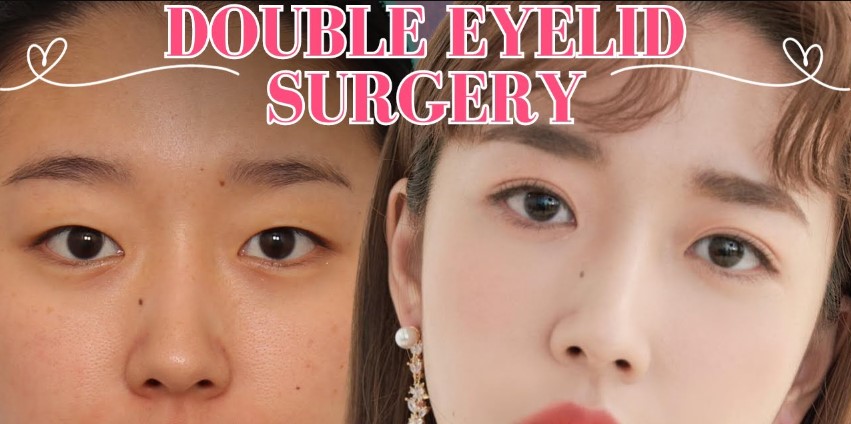Journal
Beauty Standards vs. Trends in South Korea
2024-06-05
More

Beauty Standards vs. Trends in South Korea
South Korea is a global powerhouse in the beauty industry. It is renowned for its innovative skincare products, meticulous beauty routines, and influential K-pop icons and culture. Korea’s beauty standards and trends, while interconnected, have distinct differences that reflect deeper societal values. This article will delve into the core beauty standards that shape South Korean society and the evolving trends that influence global beauty practices.
What are South Korean Beauty Standards?
South Korea is a homogenous society. As a result, being “different” or standing out can be seen as “wrong”. While perceptions of being different are changing, the beauty standard still exists. This is because South Korean beauty standards are deeply rooted in the culture and history. These standards emphasize clear, fair skin, a slim figure, and youthful features. It is important to note that not everyone follows these standards, but here are some key elements:
Flawless skin
The most significant aspect of South Korean beauty ideal is having pale, smooth, and blemish-free skin. This dates back to the historical period when fair skin was associated with higher social status and indoor lifestyles, contrasting tanned skin to laborers. Moreover, skin care is highly valued and considered self-care. In South Korea, where looks and portraying yourself to others are important, you are taught, at a young age, to take care of your skin.
Slim figure
A slim body is more valued in South Korea. However, these days being fit rather than too thin is emphasized. In Korea, being fat is equated to laziness, while having a slim, toned body is seen as “self-respect” and something other Korean people respect. Also, Koreans can be more forthright and honest about others' appearances. Family members and sometimes friends will point out if you are gaining weight. It isn’t considered as offensive as other cultures may view it because they believe they are pointing it out for your benefit and health.
Youthfulness
Maintaining a youthful appearance is crucial, not just in Korea but all over the world. However, certain facial features may vary when it comes to looking youthful. In Korea, this includes features like a small face, large eyes, and a V-shaped jawline. The cultural emphasis on appearing young has led to the widespread use of anti-aging products and cosmetic procedures.

Double eyelids
Double eyelids are often considered more attractive in South Korea, which is why it is the most common feature of plastic surgery. Historically, monolids or single eyelids were preferred. If you look at famous old paintings in Korea, you can see that women who were considered “beauties” had small, slanted eyes, pale skin, red lips, and small mouth. However, as Western culture dominated East Asia, big eyes became popular. There used to be a trend of preferring the Western look back in the days. Nowadays, Koreans do not get double eyelid surgery to look Western but because they believe bigger eyes make one look more youthful and expressive.
What are South Korean Beauty Trends?
While beauty standards remain relatively constant, trends are more fluid and can change rapidly. Trends often emerge from pop culture influences, technological advancements, and global interactions. Some recent trends include:
Glass skin
Glass skin is widely talked about globally regarding Korean beauty trends. Having “glass skin” emphasizes achieving skin so smooth and luminous that it resembles glass. It involves an in-depth skincare routine with multiple steps including cleanser, exfoliator, toner, serum, ampoule, moisturizer, sheet masks, etc. Many people also get dermatology procedures to create this dewy, hydrated complexion. People come to Korea from all over the world to try to achieve this “glass skin” appearance.
Gradient lips
Instead of fully colored lips, the gradient lip has been a trend for a while. Gradient lip focuses on a darker color at the center of the lips that fades lighter outwards. This creates a softer, more natural look that has been popularized by K-pop idols and actresses.
Bold eye makeup
Recently, there has been a shift for more dramatic eye makeup using glitter, eyeshadow colors, and eyeliner styles. “Bold” may not be the correct term as other countries may not view it as so, but nowadays, Koreans are growing willing to experiment with different looks and use various colors and textures when applying eye makeup.

Inclusive beauty
There is a growing trend towards inclusivity in the beauty industry, with more brands expanding their product lines to cater to a wider range of skin tones and types. This shift reflects a broader global movement towards celebrating diversity in beauty. For example, the Korean makeup brand Tirtir has gained immense popularity on social media following the release of its cushion foundation, which offers a vast array of shades. This inclusive approach has significantly boosted their brand awareness and is encouraging other brands to adopt similar strategies.
Sustainable beauty:
Environmental consciousness is influencing beauty trends, leading to a rise in eco-friendly and cruelty-free products. Brands are increasingly focusing on sustainable packaging and natural ingredients.
South Korea’s beauty standards and trends offer a fascinating glimpse into a culture that highly values aesthetics and innovation. While the core standards emphasize timeless ideals of beauty, the trends reflect an ever-changing industry that continually breaks new boundaries globally. This not only shapes the local beauty industry but also influences beauty practices worldwide, making South Korea a global powerhouse in the beauty industry.
Additional Readings:
Asian Beauty Standards vs. Western Beauty Standards
8 Reasons Why it is Worth Getting Plastic Surgery in Korea
What are Korean's Opinions About Plastic Surgery?
Back


